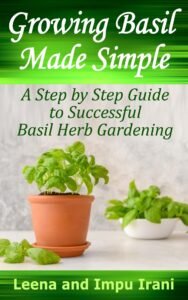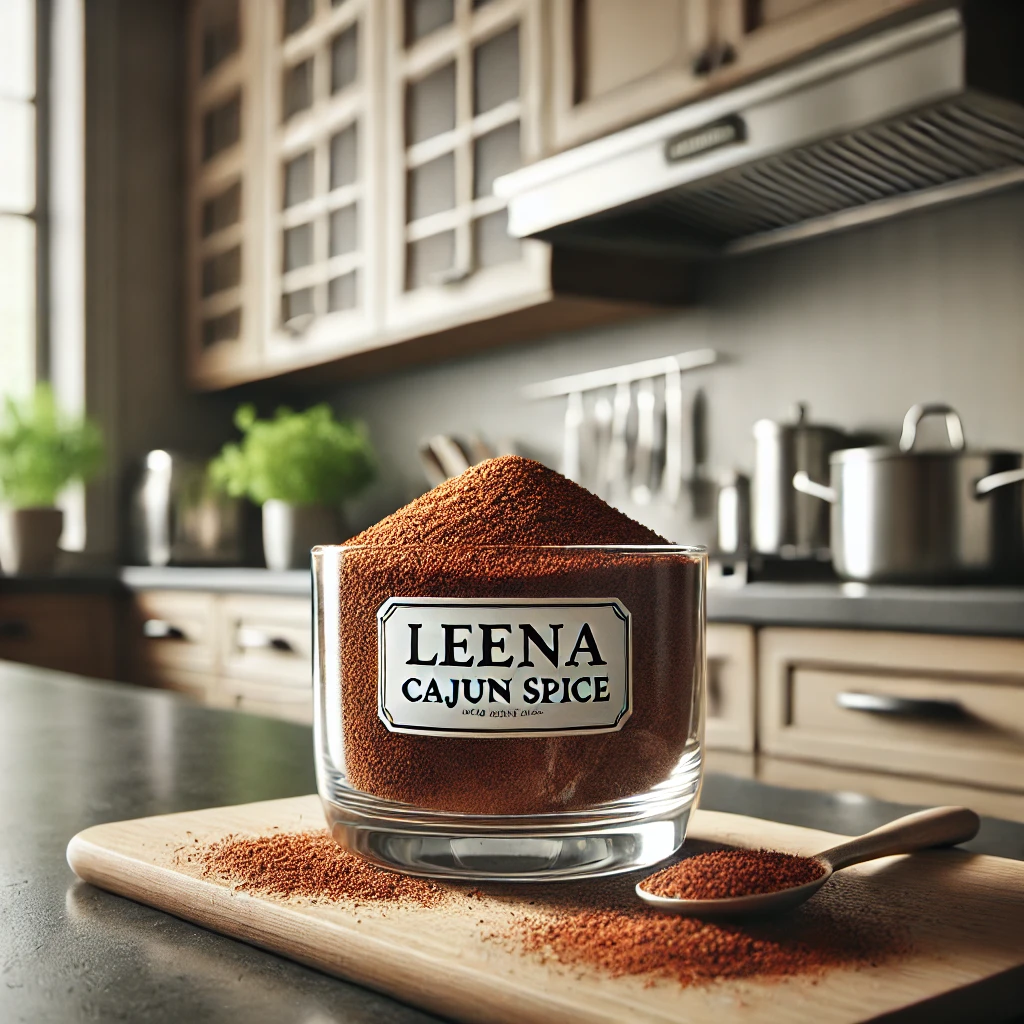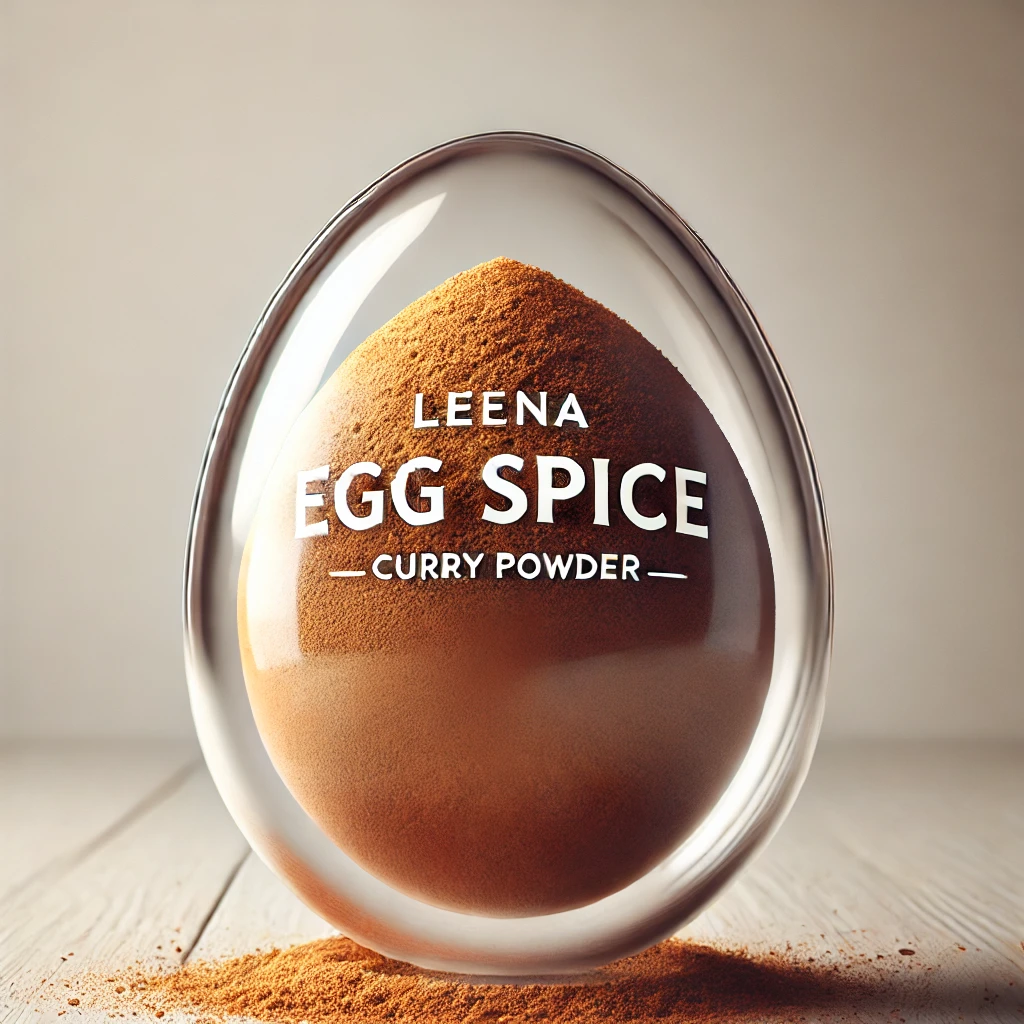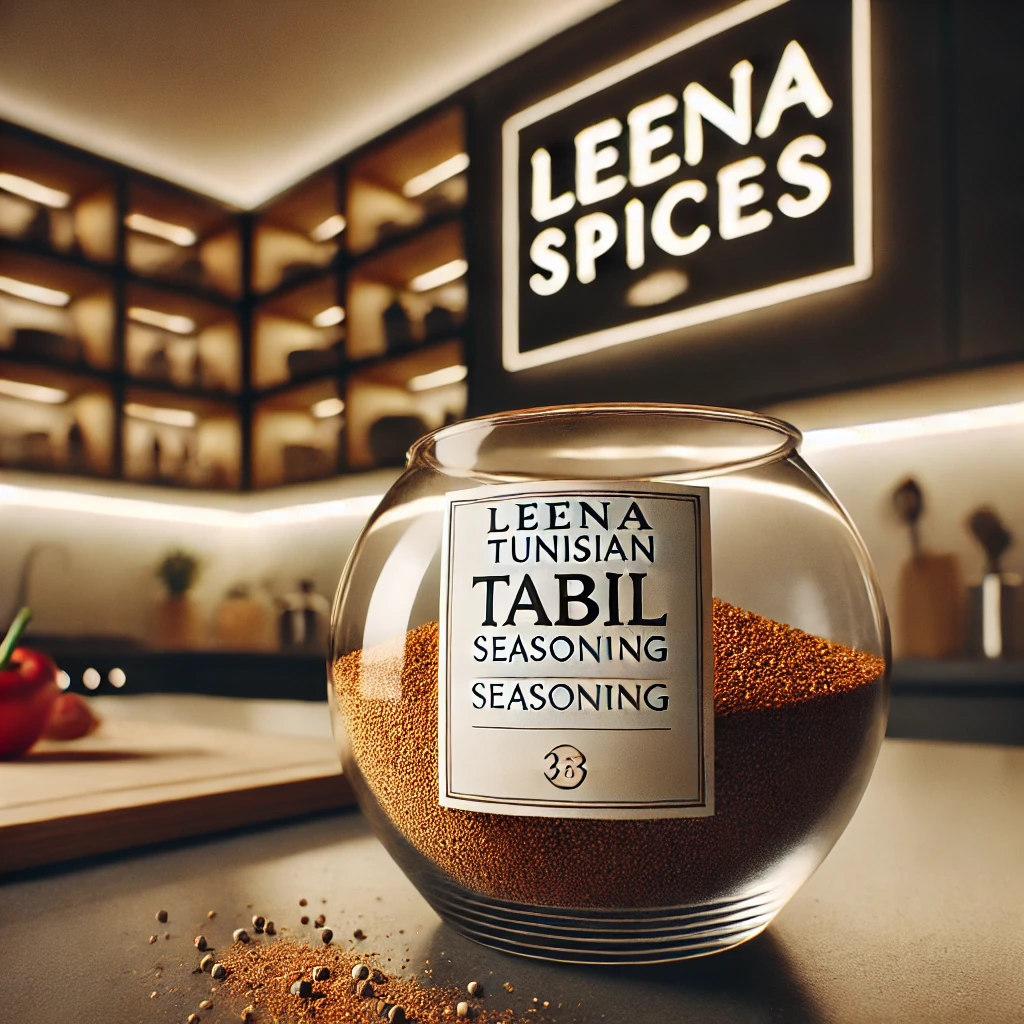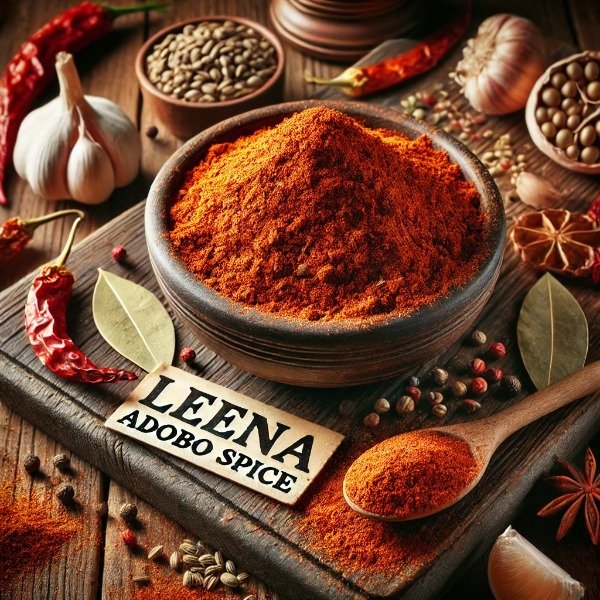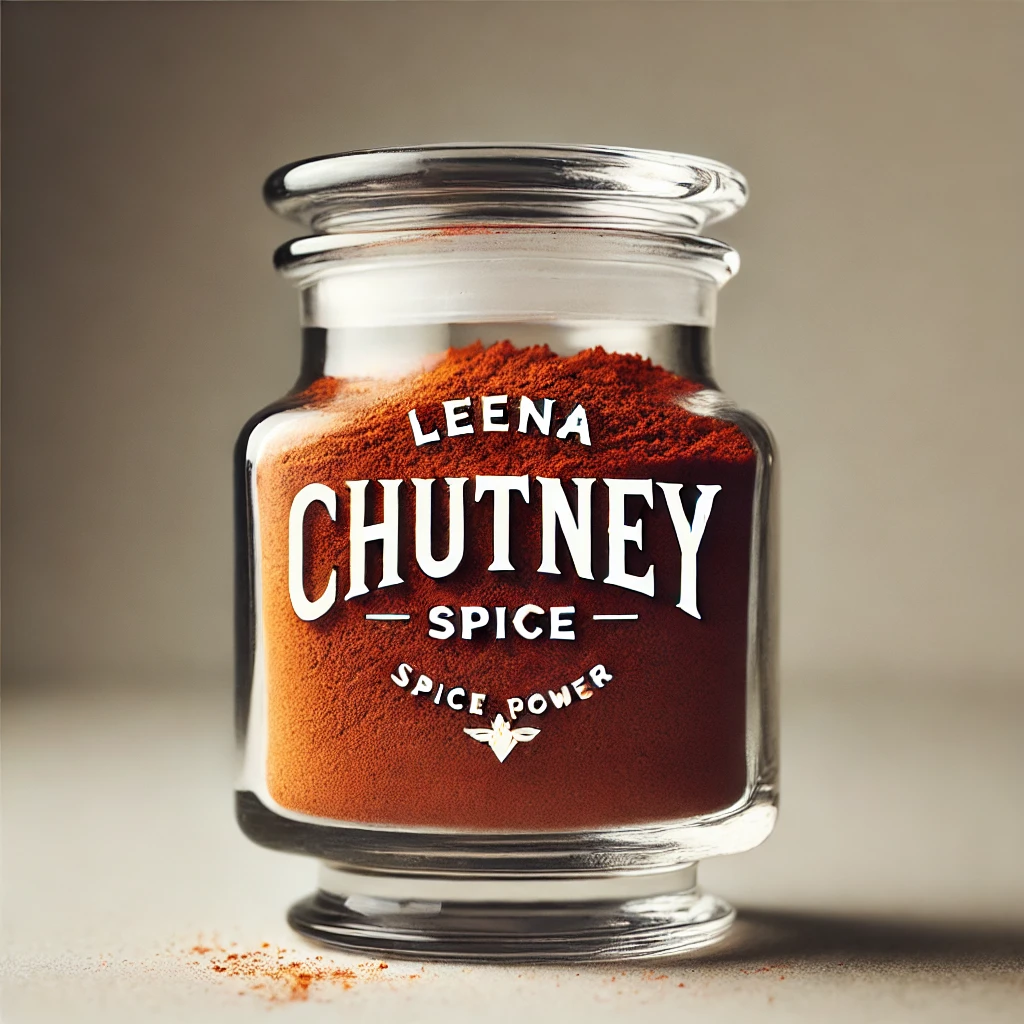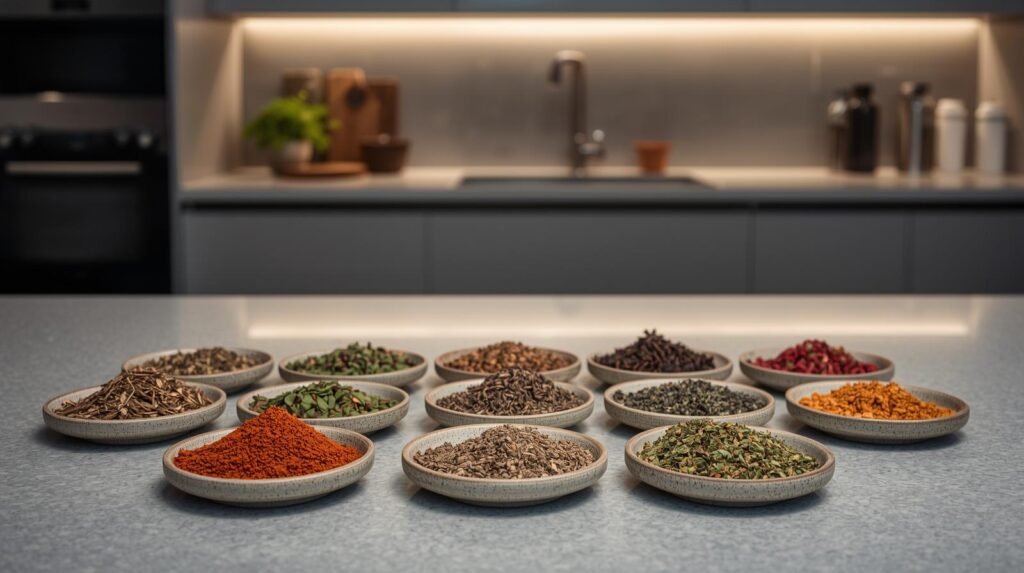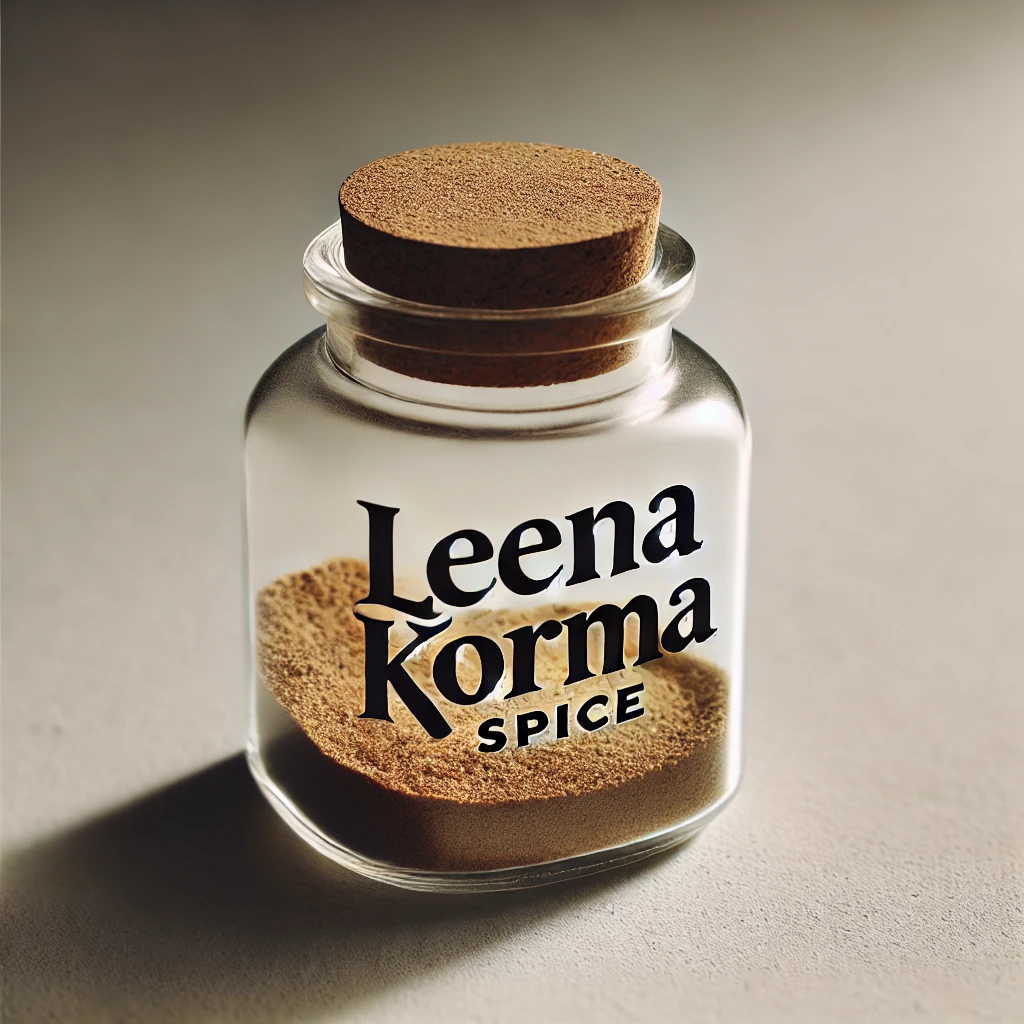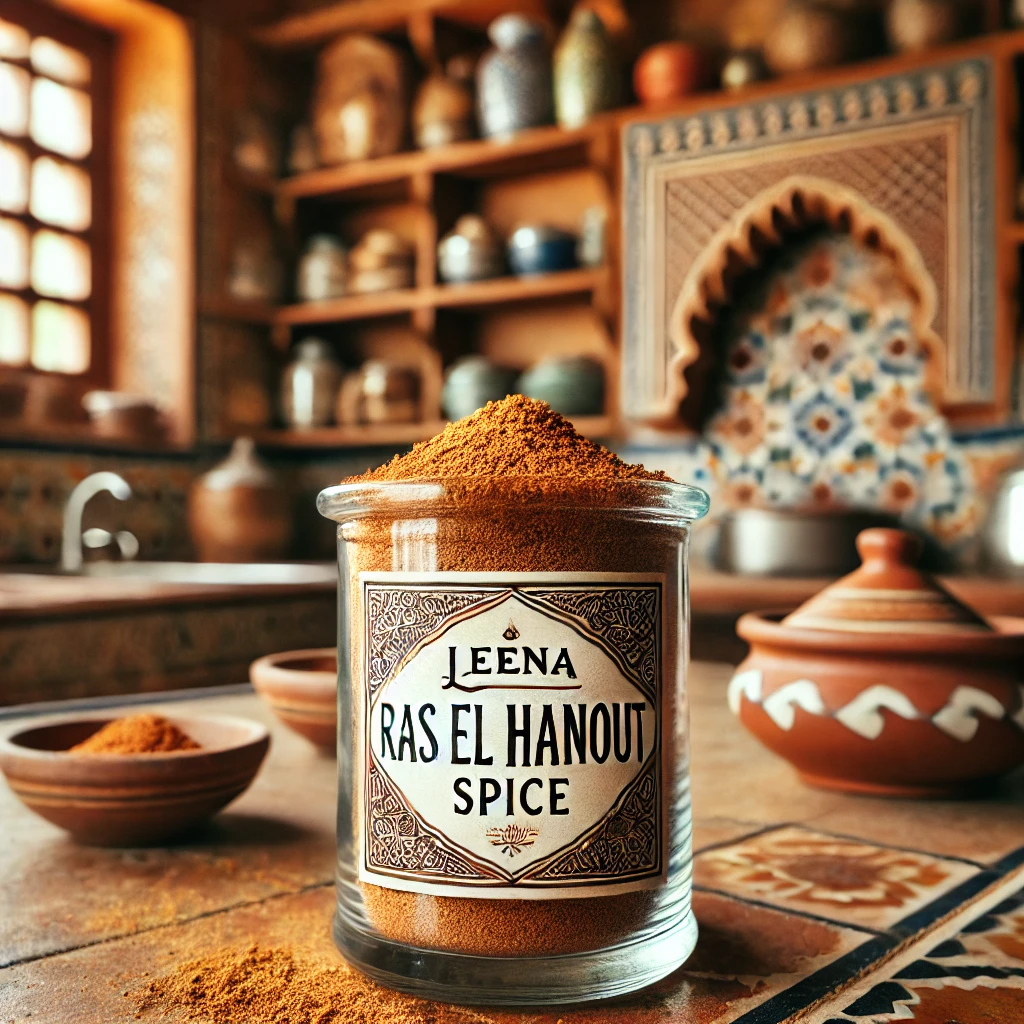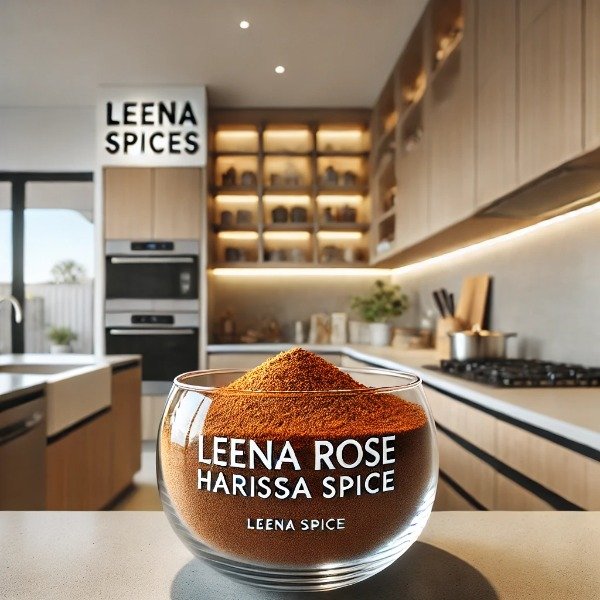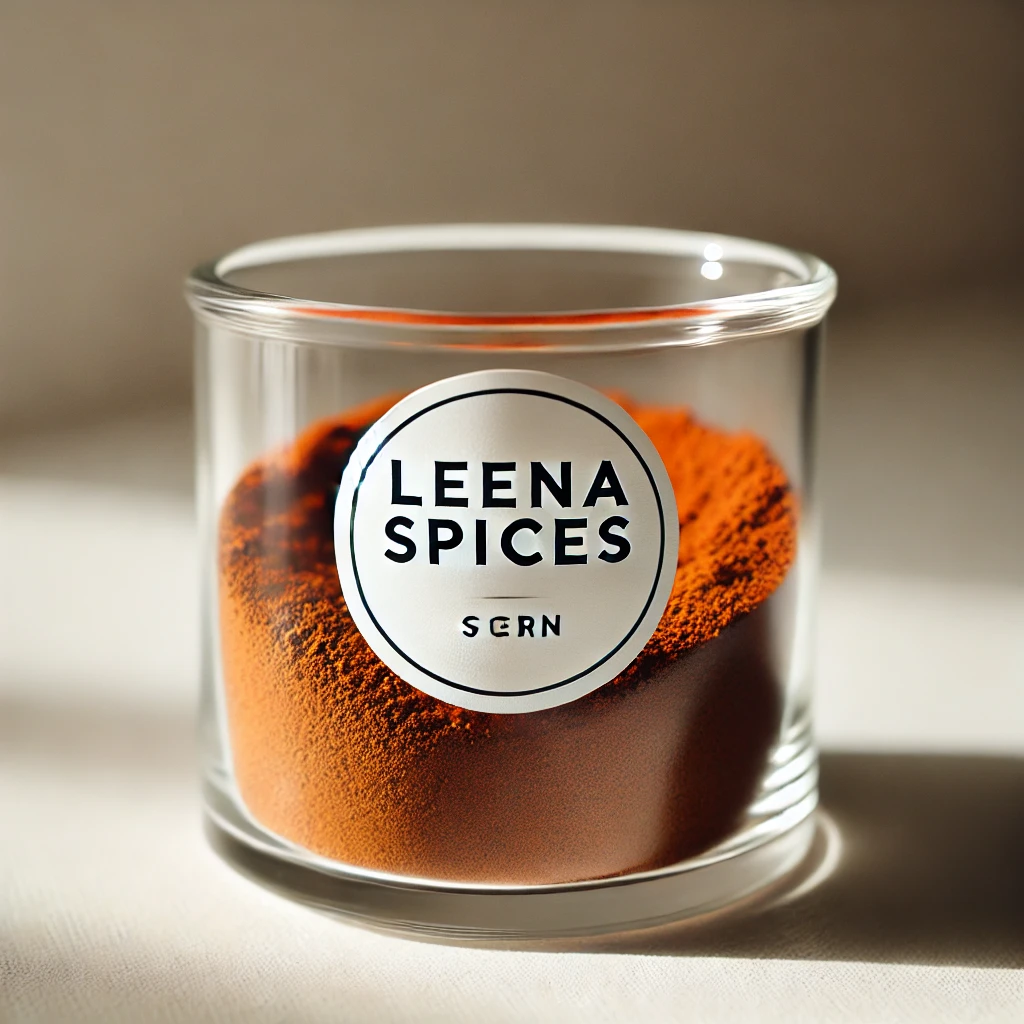What Are Cumin Seeds?
Table of Contents
- What are Cumin Seeds
- Difference between Cumin seeds and Cumin ground
- What do Cumin seeds taste like
- How to toast Cumin seeds
- How do I use Cumin seeds in cooking
- Health benefits of Cumin seeds
- FAQs
- Conclusion
What Are Cumin Seeds?
Cumin seeds are one of the world’s most versatile and beloved spices, cherished for their warm, earthy flavor and aromatic presence in countless dishes. Derived from the Cuminum cyminum plant, these small, ridged seeds have been used for thousands of years across the Middle East, India, North Africa, and Latin America, not only for their taste but also for their potential health benefits.
From tempering Indian dals and flavoring Mexican chili to forming the backbone of global spice blends like garam masala, baharat, and ras el hanout, cumin adds depth, warmth, and complexity to both everyday meals and festive recipes. Beyond the kitchen, it has a long history of use in traditional medicine, supporting digestion, metabolism, and overall wellness.
Cumin seeds come from the Cuminum cyminum plant, a member of the parsley family. Recognized by their small, elongated, and ridged shape, these pale brown seeds are valued for their warm, earthy, and slightly peppery flavor.
Native to the Mediterranean region, cumin has been cultivated for thousands of years and is now widely grown in warm climates such as India, Iran, and Egypt. Over time, it has become a staple spice across global cuisines, from Indian curries and Middle Eastern stews to Mexican chili and North African tagines.
Cumin seeds are available in a few varieties. The most common is brown cumin, while black cumin (which is darker, smaller, and more pungent) offers a distinct flavor and is often used in traditional medicines as well as cooking.
Beyond their role in cooking, cumin seeds are also appreciated for their nutritional value and potential health benefits, making them much more than just a seasoning in the pantry.
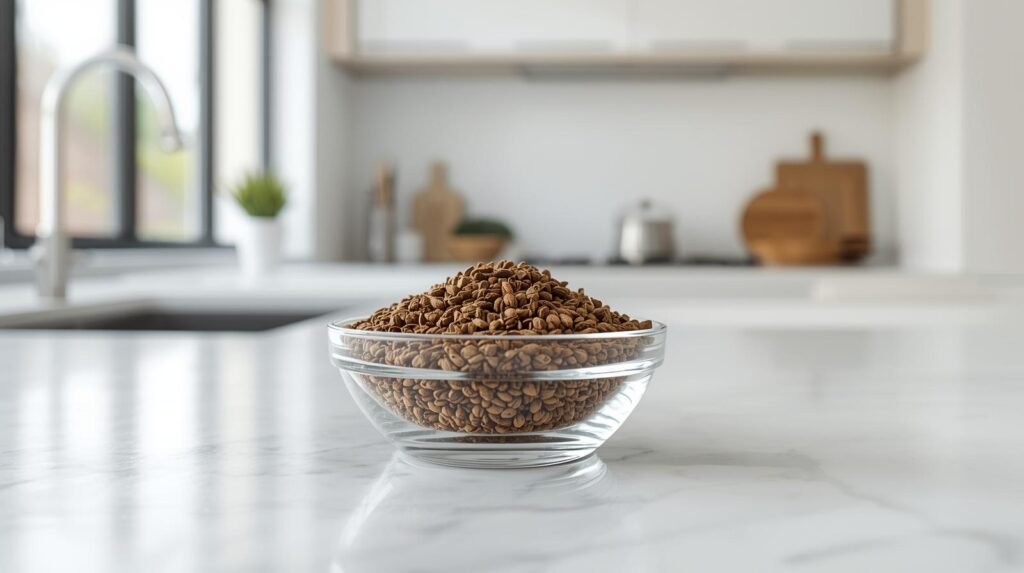
What Exactly Is Cumin?
Cumin is typically used in two main forms:
- Whole Seeds – Small, ridged, and yellowish-brown, these seeds hold onto their aroma until heated. When toasted or added to hot oil, they release a rich fragrance and add both flavor and texture to dishes.
- Ground Cumin – Made by grinding the dried seeds into a fine powder, this form has a more concentrated flavor that spreads evenly through food. It is often used in rubs, marinades, curries, and spice blends such as garam masala, curry powder, chili powder, and taco seasoning.
Whether used whole or ground, cumin brings depth and warmth to food, making it a true cornerstone of global cooking.
What is the difference between cumin seeds and ground cumin?
- Cumin (Ground Cumin) – The term cumin by itself usually refers to the ground form. This fine powder is made by grinding dried cumin seeds and is the version most commonly found in supermarkets. It mixes quickly into dishes, offering an even, concentrated flavor—but it doesn’t keep as long, usually 6 to 12 months before the aroma fades.
- Cumin Seeds (Whole Form) – These are the intact, dried seeds of the Cuminum cyminum Whole seeds retain their oils longer, giving them a shelf life of 3 to 4 years when stored properly. They are best when lightly toasted or tempered in hot oil, which releases their earthy aroma and adds texture to food.
- Terminology – The word cumin can refer to the spice in any form—seed or powder—while cumin seeds specifically points to the whole form. This sometimes causes confusion, especially on product labels, where “cumin seed” might appear even if the package contains ground cumin.
Key Differences Between Cumin Seeds and Ground Cumin
Characteristic | Cumin Seeds (Whole) | Ground Cumin |
Form & Appearance | Small, oblong, ridged seeds | Light to medium brown, fine powder |
Aroma & Flavor | Robust, complex, nutty; essential oils are released when toasted | Milder, less intense; flavor disperses quickly |
Culinary Use | Toasted in oil or dry pan to bloom flavor; adds texture to rice, curries, and stir-fries | Ideal for quick-cooking dishes, rubs, marinades, and spice blends; distributes flavor evenly |
Shelf Life | Longer (3–4 years); seed coat protects volatile oils | Shorter (6–12 months); aroma fades faster |
Best For | Tempering, frying, dishes requiring texture and aroma | Quick seasoning, blending, and even flavor distribution |
Cooking Tip:
If a recipe calls for one form but you only have the other, you can substitute:
- ¾ teaspoon ground cumin = 1 teaspoon whole seeds
Ground cumin is more concentrated, so slightly less is needed.
The Bottom Line:
Both come from the same plant. The difference lies in their form, flavor intensity, and shelf life. Whole seeds are best for longer storage and toasting, while ground cumin is perfect for quick incorporation into spice blends, marinades, or soups.
What do cumin seeds taste like?
Cumin seeds have a complex, earthy flavor that is both warming and distinctive. Their taste can be described as:
- Earthy and Warm – The dominant note, giving dishes a savory, grounding depth.
- Nutty – Especially when toasted, cumin develops a roasted, nutty richness.
- Slightly Peppery – A gentle sharpness that adds an edge without being hot.
- Citrusy and Mildly Bitter Undertones – Subtle hints of citrus and a touch of bitterness that add complexity and balance.
When used whole, cumin seeds release bursts of flavor as you bite into them, while ground cumin delivers a smoother, more uniform taste that spreads evenly through a dish. Toasting or frying the seeds intensifies their aroma, unlocking smoky, fragrant notes that elevate curries, dals, chili, roasted vegetables, and spice blends.
This layered flavor profile is why cumin pairs so well with spices like coriander, cinnamon, cardamom, and chili—together, they build depth and harmony in cuisines around the world.
The Impact of Toasting Cumin Seeds
Cumin seeds take on a whole new dimension of flavor when toasted. The heat draws out their essential oils, intensifying both aroma and taste.
- Deeper Earthy and Nutty Notes – Toasting enhances the warm, savory base flavor and brings forward a richer, roasted nuttiness.
- Heightened Fragrance – As the oils are released, cumin becomes far more aromatic compared to its raw form.
- Smoky Undertones – A gentle smokiness develops, adding depth that works especially well in Indian, Middle Eastern, and North African dishes.
This transformation explains why many recipes call for cumin to be dry-roasted or tempered in hot oil before being added to the dish. It not only maximizes flavor but also infuses the cooking fat with its distinctive aroma.

How Cumin’s Flavor Changes: Raw, Toasted, and Ground
Form | Flavor Profile & Aroma | Best Use |
Raw Seeds | Mild, earthy, slightly nutty; subtle aroma until heated | Added to dishes for a gentle flavor or later-toasted in cooking |
Toasted Seeds | Deeply nutty, warm, aromatic with smoky undertones; oils released | Tempered in oil or dry-roasted to maximize aroma in curries, rice, and stir-fries |
Ground Cumin | Smooth, evenly distributed earthy flavor; aroma less intense than toasted seeds | Quick incorporation in rubs, marinades, soups, sauces, and spice blends |
Tip: Toasting whole seeds unlocks the most complex flavors, while ground cumin offers convenience and even seasoning, but with a milder aroma.
How to Toast Cumin Seeds: Step-by-Step
1. Dry-Roasting Method:
- Heat a small, dry skillet over medium heat.
- Add the whole cumin seeds.
- Stir frequently for 2–3 minutes until the seeds turn a slightly darker brown and release a fragrant, nutty aroma.
- Remove from heat immediately to prevent burning.
- Use whole or grind into powder once cooled.
2. Oil-Tempering Method (Common in Indian Cooking):
- Heat 1–2 teaspoons of oil in a pan over medium heat.
- Add whole cumin seeds.
- Sizzle for 30–60 seconds until the seeds crackle and release their aroma.
- Add other ingredients (onions, spices, vegetables) as per your recipe.
Pro Tips:
- Always toast seeds just before cooking for maximum flavor.
- Avoid high heat, as cumin burns quickly and becomes bitter.
- Store toasted seeds in an airtight container if not using immediately.
How do I use cumin seeds in cooking?
- Whole Seeds – Often toasted or sizzled in oil to release their oils and fragrance. They add a subtle crunch and bursts of flavor to dishes.
- Ground Cumin – Convenient for seasoning blends, rubs, and marinades. It distributes flavor evenly but loses potency faster than whole seeds.
In Global Cuisines
- Indian Cuisine – Known as jeera, cumin is foundational in Indian cooking. Whole seeds are commonly tempered in hot oil (a method called tadka) to infuse dals, curries, and jeera rice with a deep, nutty aroma.
- Mexican Cuisine – Essential in chili powder and used in tacos, fajitas, beans, and chili con carne. Its earthy warmth helps define the bold flavors of Mexican food.
- Middle Eastern & North African Cuisine – A star ingredient in spice blends such as baharat and ras el hanout, cumin is used to season meats, stews, couscous, and tagines.
- Mediterranean & Beyond – Adds depth to falafel, hummus, and grilled meats, and works beautifully in soups, breads, roasted vegetables, or even sprinkled on popcorn for a savory twist.
How do I Use Cumin in Spice Blends
Cumin is a cornerstone in many spice blends around the world, contributing its warm, earthy, and slightly nutty flavor to countless dishes. Its versatility makes it essential in both whole and ground form:
• Indian Blends:
- Garam Masala – A fragrant mix of cumin, coriander, cardamom, cloves, and cinnamon, used to flavor curries, stews, and roasted vegetables.
- Curry Powder – Often includes cumin along with turmeric, coriander, and chili, providing the base flavor for many Indian-inspired dishes.
• Middle Eastern & North African Blends:
- Baharat – A versatile seasoning with cumin, paprika, coriander, and black pepper, used for meats, rice, and soups.
- Ras el Hanout – A Moroccan mix of spices including cumin, cinnamon, and nutmeg, adding complex warmth to tagines, couscous, and roasted dishes.
• Mexican Blends:
- Chili Powder – Combines ground cumin with dried chilies, oregano, and garlic powder, giving tacos, chili, and beans their signature earthy heat.
In these blends, cumin often acts as a flavor anchor, balancing other spices while enhancing depth and aroma.
Everyday Cooking Ideas with Cumin
Cumin is incredibly versatile and easy to incorporate into daily meals. Here are some simple ways to use it:
- Toasted Whole Seeds – Add a nutty crunch and aromatic depth to rice, lentils, or vegetable stir-fries by lightly toasting the seeds in a dry pan or sizzling them in oil before cooking.
- Ground Cumin – Mix into marinades, dry rubs, or sauces for meats, poultry, or seafood to evenly distribute its warm, earthy flavor.
- Layered Spice Blends – Combine cumin with spices like coriander, cinnamon, cardamom, or chili to create rich, multi-dimensional seasoning blends for curries, stews, or roasted vegetables.
Even a small pinch can transform a dish, making cumin an easy yet powerful way to elevate everyday cooking.
• What are the health benefits of cumin seeds?
Cumin is more than just a flavorful spice. It has a long history of use in traditional medicine and is increasingly recognized in modern wellness for its potential health benefits. Packed with antioxidants, essential nutrients, and bioactive compounds, cumin supports digestion, immunity, and overall metabolic health.
Health Benefits of Cumin Seeds
• Digestive Support
- Cumin stimulates digestive enzymes, helping to relieve bloating, indigestion, and general discomfort. This makes it a staple in both traditional remedies and everyday cooking.
• Rich in Antioxidants
- The seeds contain compounds that neutralize harmful free radicals, protecting cells and reducing oxidative stress in the body.
• Blood Sugar & Metabolic Health
- Research suggests cumin may help regulate blood sugar levels, improve insulin sensitivity, and support weight management. Studies have shown that incorporating cumin powder into the diet can reduce body weight, BMI, and fat mass.
• Liver & Cardiovascular Support
- Its antioxidant and anti-inflammatory properties may support liver health and contribute to better cholesterol levels.
• Antimicrobial Effects
- Certain varieties, like black cumin, exhibit antibacterial and antifungal properties, which have been used traditionally to fight infections.
Are there any Side Effects of Cumin?
Side Effects & Precautions of Cumin
Cumin is generally safe when used in typical culinary amounts, but excessive consumption may cause some side effects.
- Digestive Issues – Large quantities can lead to heartburn, nausea, or mild stomach discomfort.
- Blood Thinners – Cumin may increase bleeding risk when combined with anticoagulant medications, so caution is advised.
- Allergic Reactions – Rare, but possible. Some individuals may experience rashes, itching, or upset stomach.
- Pregnancy Considerations – Pregnant individuals should consult a healthcare provider before consuming large amounts, as high doses may have fertility or uterine effects.
General Guidance:
Moderation is key. Most recipes call for small amounts—usually 1–2 teaspoons per day—which is sufficient to enjoy cumin’s flavor and health benefits safely.
•How do I store cumin seeds?
For the best flavor and longevity, choose whole cumin seeds whenever possible. They retain their aroma and essential oils longer than ground cumin.
• Storage Tips:
- Keep whole seeds in airtight containers in a cool, dark place—they can last 3 to 4 years.
- Ground cumin is more convenient but loses potency faster, typically lasting 6 to 12 months.
- Always buy from reputable sources to avoid adulteration or poor-quality spice.
• Substitutes:
- Caraway Seeds – Similar in appearance but milder in flavor.
- Fennel Seeds – Offer a slightly sweet, anise-like note, but do not replicate cumin’s warm, earthy depth.
Frequently Asked Questions About Cumin Seeds
1. What is the difference between cumin and cumin seeds?
There’s no fundamental difference—they come from the same plant, Cuminum cyminum. “Cumin” can refer to either the whole seeds or the ground powder, while “cumin seeds” specifically means the whole form. Whole seeds offer bursts of flavor and longer shelf life, while ground cumin distributes flavor more evenly but loses potency faster.
2. How do cumin seeds taste?
Cumin seeds have a warm, earthy, slightly nutty flavor with subtle peppery and citrusy undertones. Toasting enhances their aroma, adds smokiness, and brings out a richer, nutty taste. Ground cumin is milder and blends smoothly into dishes.
3. Should I use whole or ground cumin?
It depends on the recipe: use whole seeds for tempering, toasting, or adding texture, and ground cumin for quick incorporation into spice blends, sauces, rubs, and marinades.
4. How do I toast cumin seeds?
Cumin seeds can be dry-roasted in a skillet over medium heat until fragrant, or tempered in hot oil for 30–60 seconds. Toasting releases essential oils, enhancing aroma and flavor.
5. How should cumin seeds be stored?
Store whole seeds in airtight containers in a cool, dark place for 3–4 years. Ground cumin lasts 6–12 months. Buying from reputable sources ensures freshness and avoids adulteration.
6. Are cumin seeds good for health?
Yes. They support digestion, metabolic health, blood sugar control, and immunity, and are rich in antioxidants. Black cumin also shows antimicrobial properties. Use in moderation for best results.
7. Are there any side effects of cumin?
Cumin is safe in culinary amounts, but excessive consumption may cause heartburn, nausea, or mild stomach upset. Allergic reactions are rare. Pregnant individuals or those on blood thinners should consult a healthcare provider before consuming large amounts.
8. Can I substitute cumin with another spice?
If necessary, caraway seeds offer a similar appearance but milder flavor, and fennel seeds provide a slightly sweet, anise-like note. Neither replicates cumin’s full warmth and earthiness.
9. How does cumin differ in raw, toasted, and ground forms?
- Raw seeds: Mild and earthy; subtle until heated.
- Toasted seeds: Nutty, smoky, and aromatic; oils fully released.
- Ground cumin: Smooth and evenly distributed, but less intense than toasted seeds.
Conclusion
Cumin seeds are much more than a simple kitchen spice. They are a versatile, aromatic, and health-supporting ingredient that has stood the test of time. From their warm, earthy flavor to their role in global spice blends like garam masala, baharat, and chili powder, cumin adds depth, aroma, and complexity to countless dishes.
Whether used whole for toasting and texture or ground for convenience and even seasoning, cumin seeds enhance both everyday meals and festive recipes. Beyond the kitchen, their digestive, metabolic, and antioxidant benefits make them a valuable addition to a balanced diet, though moderation is key.
By understanding how to choose, store, and use cumin seeds effectively, you can unlock their full potential, elevating your cooking while enjoying their nutritional advantages. From simple home-cooked meals to elaborate international dishes, cumin remains an essential spice that continues to delight taste buds and support wellness worldwide.

